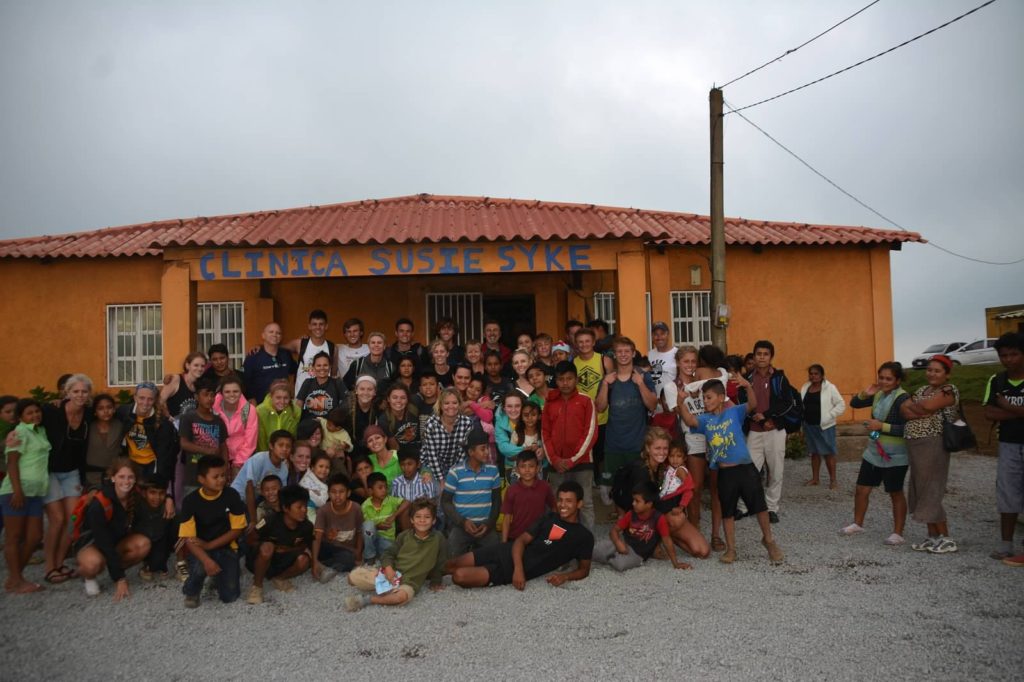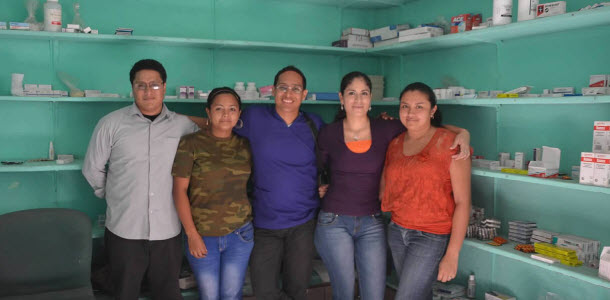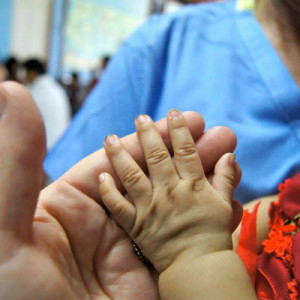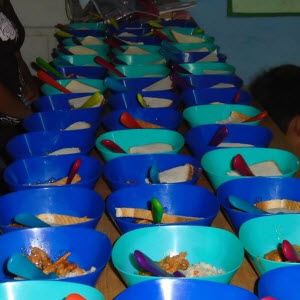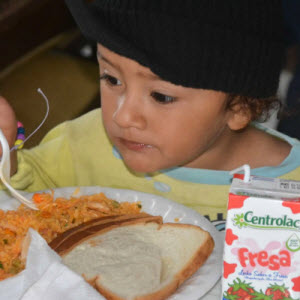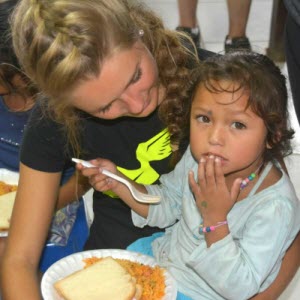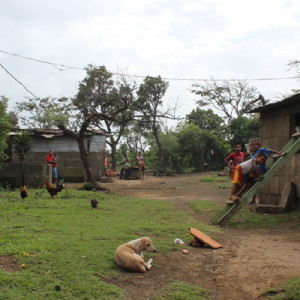
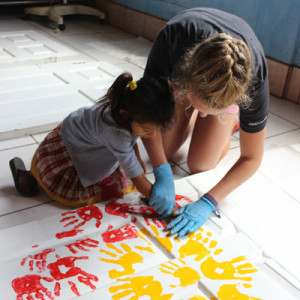
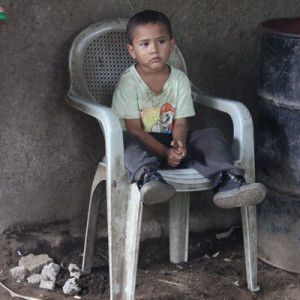
Nicaragua is the poorest county in Central America and El Crucero is one of Nicaragua’s poorest villages. The following statistics demonstrate the day-to-day conditions of most El Crucero families:
- 75 percent live on less than $2.00 per day
- Unemployment rate: 8.5 percent
- Population below poverty line: 45 percent
- One-third of children suffer from malnutrition
- Average total years of education for Nicaraguans: 4.6 years
- 60 percent of 12-17 year olds are not in school
- 56 percent of 12-17 year olds have not completed 6th grade
Social services throughout Nicaragua are limited as the government cannot take on the fiscal impact. Still today, remnants of the country’s turbulent political past are still visible. Buildings that line the town’s central square are still covered in ads from the 1970s graffitied on their exterior. Pot-hole filled roads are lined with food stands as exiting the capital city of Managua towards the remote, rural village of El Crucero.
In El Crucero, the unmet needs of the local people are a glaring reality. Necessities like food, shelter, clean water and medical care are in short supply. By the time most children reach 6th grade, they are forced to leave school to help provide for their family, particularly the young men.
More than 60 percent of Nicaraguans live on less than two dollars a day. The average shanty in El Crucero is made of a dirt floor and scrap material. Despite extreme poverty, the people of El Crucero are proud and grateful for what they do have. Their faith and spirituality are strong amongst their challenges. Family and relationships take highest priority.
Project El Crucero is improving the health conditions for the people of El Crucero through the provision of essential medical and dental care while striving for a future where these necessities are met and become self-sustaining:

